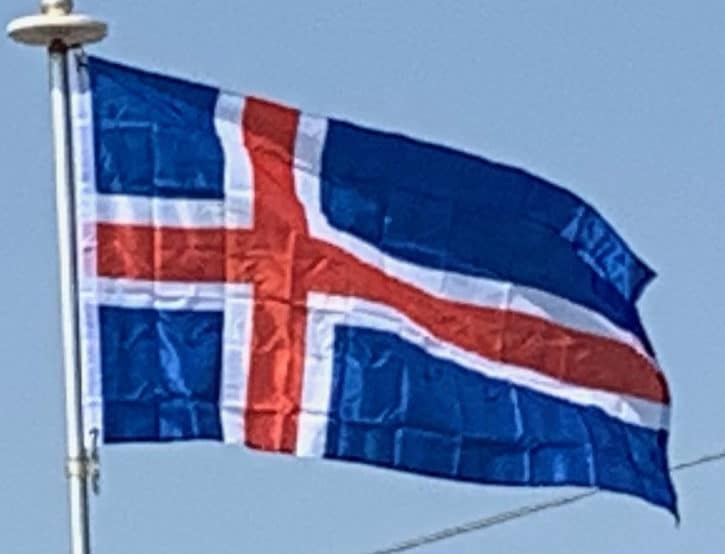Keflavík International Airport (KEF) is the largest airport and the main aviation hub for international passenger transport. It serves several international and domestic airline companies. KEF is in the vicinity of the larger metropolitan capital areas, 49 km (30 mi) to the WSW of Reykjavík center, and public bus services are available.
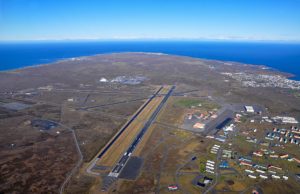
Reykjavík Airport (RKV) is the second largest airport located just 1,5 km from the capital center. RKV serves general aviation traffic and has daily- or regular domestic flights to 12 local townships within Iceland. RKV also serves international flights to Greenland and the Faroe Islands, business and private airplanes along with aviation training.
Akureyri Airport (AEY) and Egilsstaðir Airport (EGS) are two other domestic airports with limited international service capacity. There are a total of 103 registered airports and airfields in Iceland; most of them are unpaved and located in rural areas. The second longest runway is at Geitamelur, a four-runway glider field around 100 km (62 mi) east of Reykjavík.
Iceland has no passenger railways.
Six main ferry services provide regular access to various outpost communities or shorten travel distances.
Flag of Iceland:
The flag of Iceland (Icelandic: íslenski fáninn) was officially described in Law No. 34, set out on 17 June 1944, the day Iceland became a republic. The law is entitled “The Law of the National Flag of Icelanders and the State Arms” and describes the Icelandic flag as follows:
The civil national flag of Icelanders is blue as the sky with a snow-white cross, and a fiery-red cross inside the white cross. The arms of the cross extend to the edge of the flag, and their combined width is 2⁄9, but the red cross 1⁄9 of the combined width of the flag. The blue areas are right angled rectangles, the rectilinear surfaces are parallel and the outer rectilinear surfaces as wide as them, but twice the length. The dimensions between the width and length are 18:25.
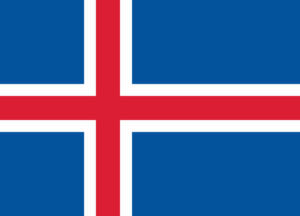
Iceland’s first national flag was a white cross on a deep blue background. It was first shown in parade in 1897.
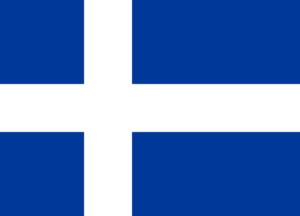
The modern flag dates from 1915, when a red cross was inserted into the white cross of the original flag.
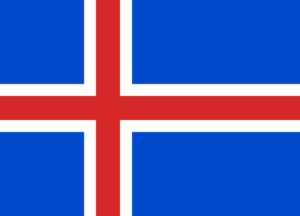
This cross represents Christianity. It was adopted and became the national flag when Iceland gained independence from Denmark in 1918. For the Icelandic people the flag’s coloring represents a vision of their country’s landscape. The colors stand for 3 of the elements that make up the island. Red is the fire produced by the island’s volcanoes, white recalls the ice and snow that covers Iceland, and blue is for the mountains of the island.
